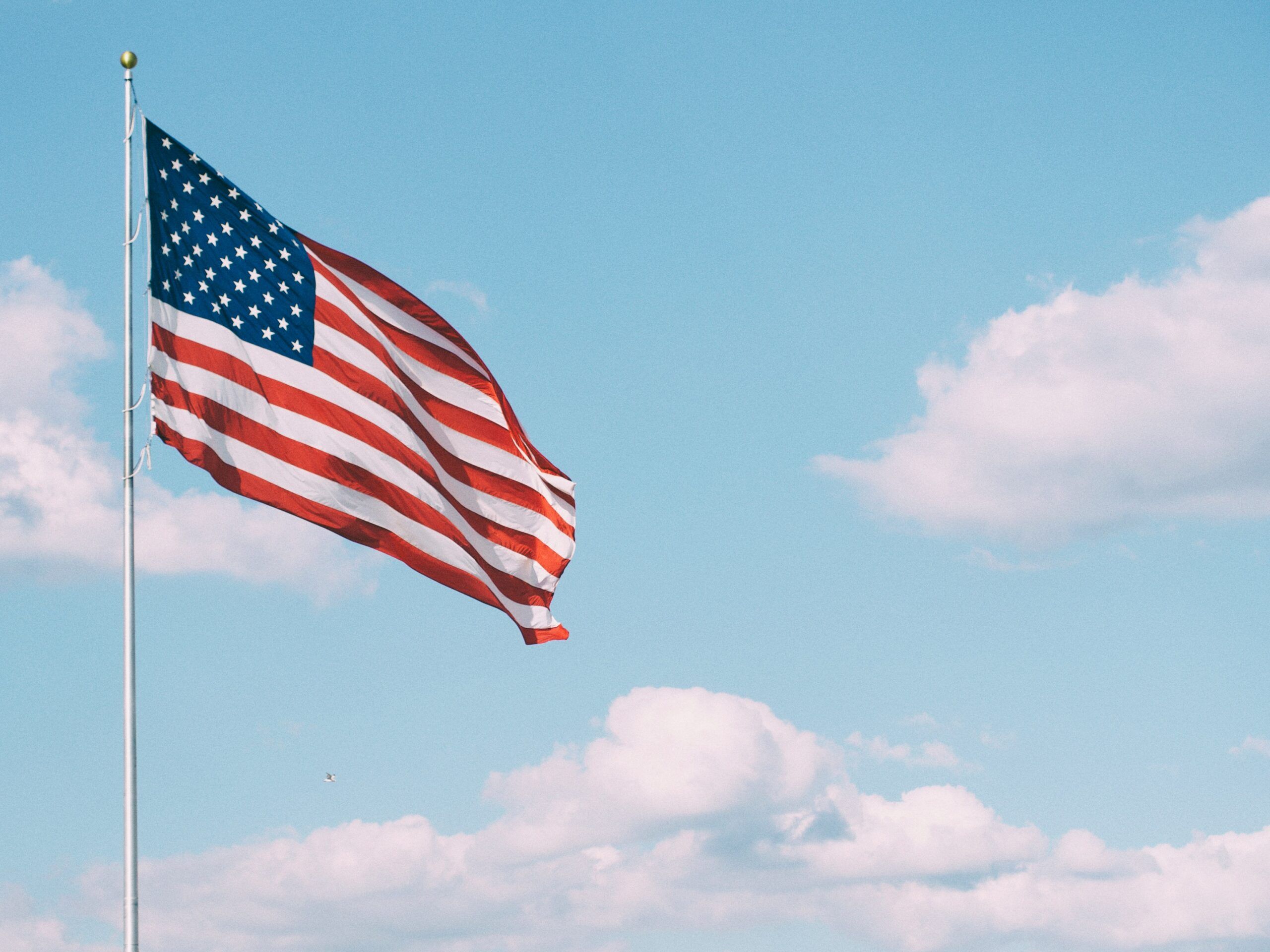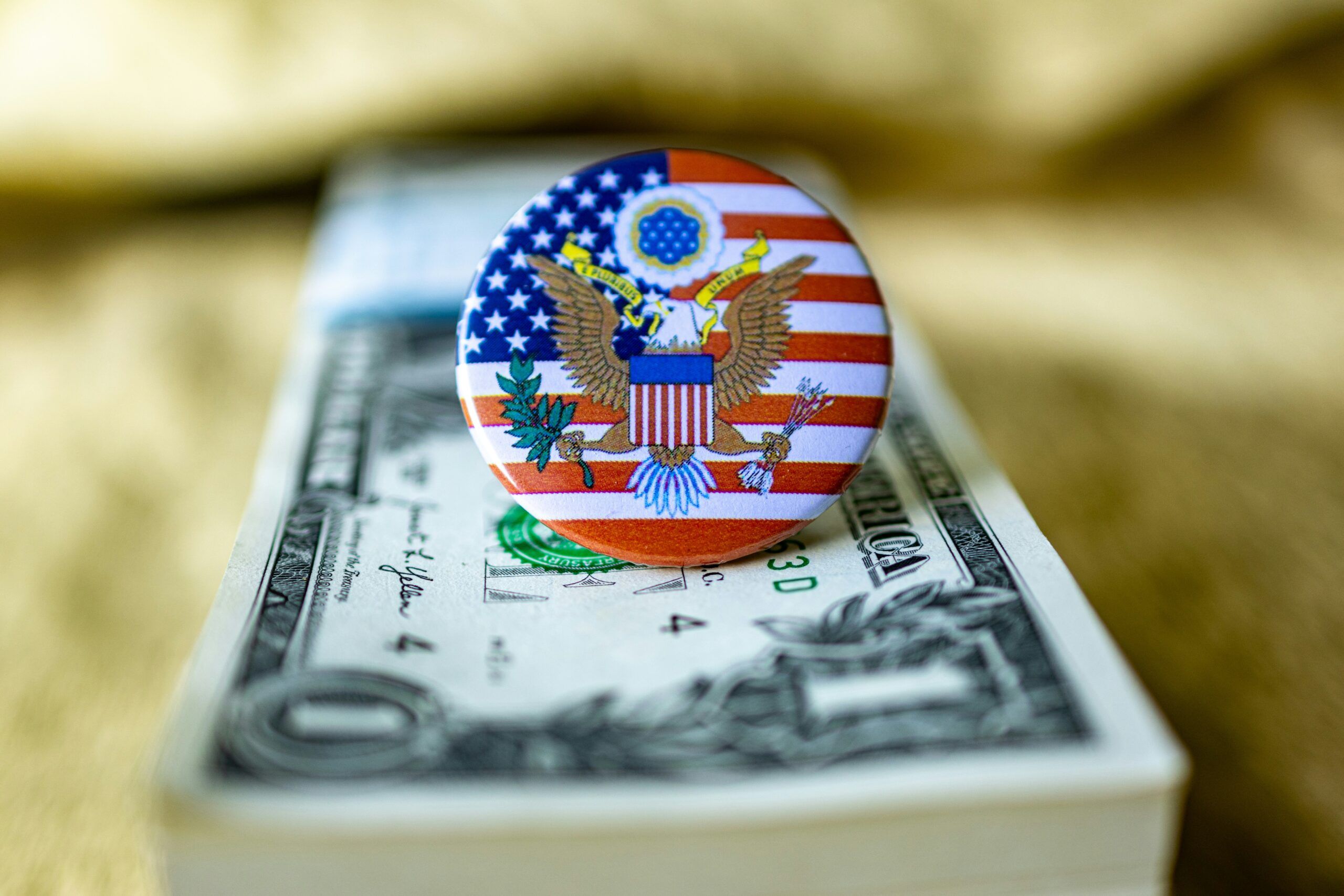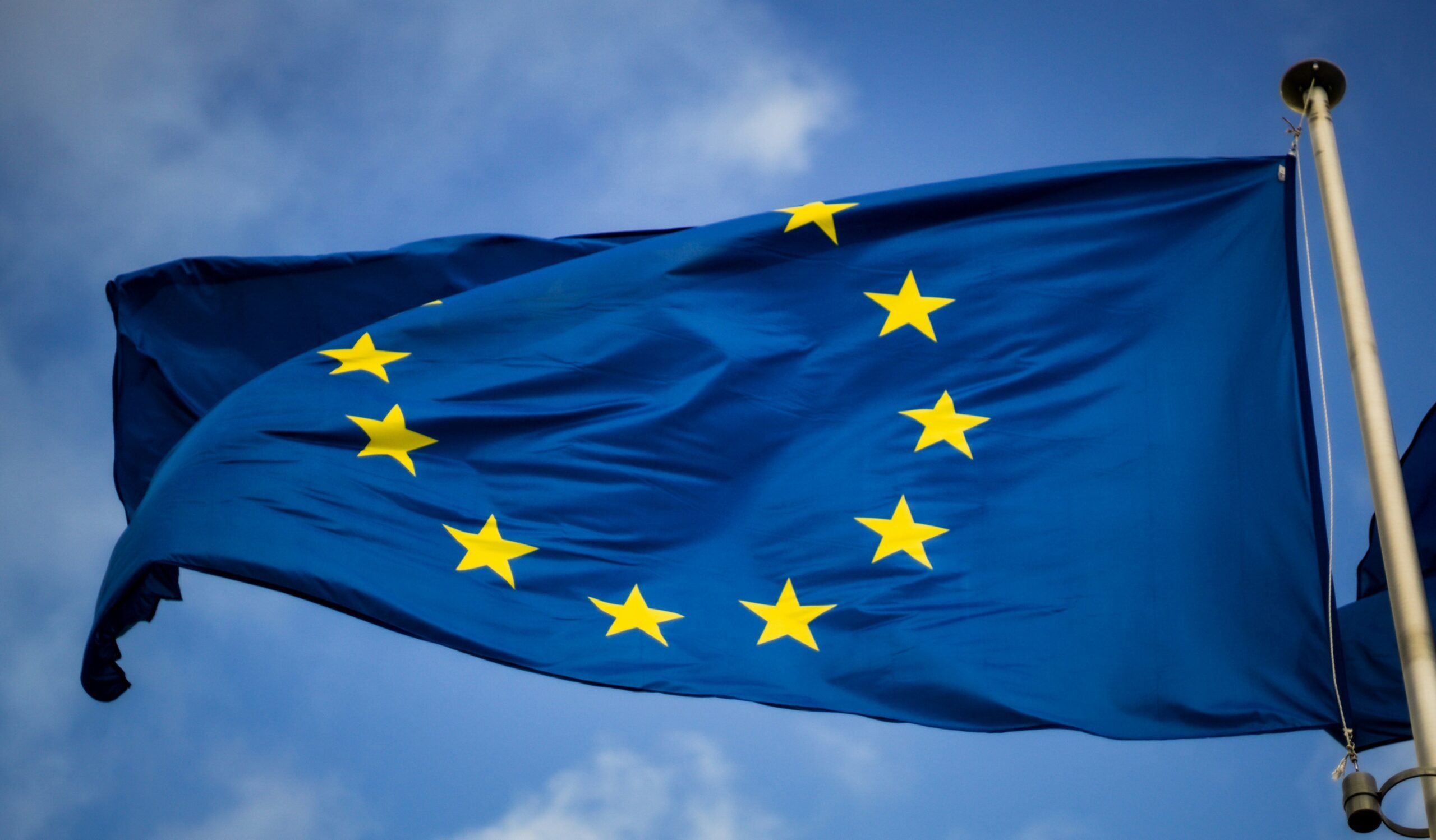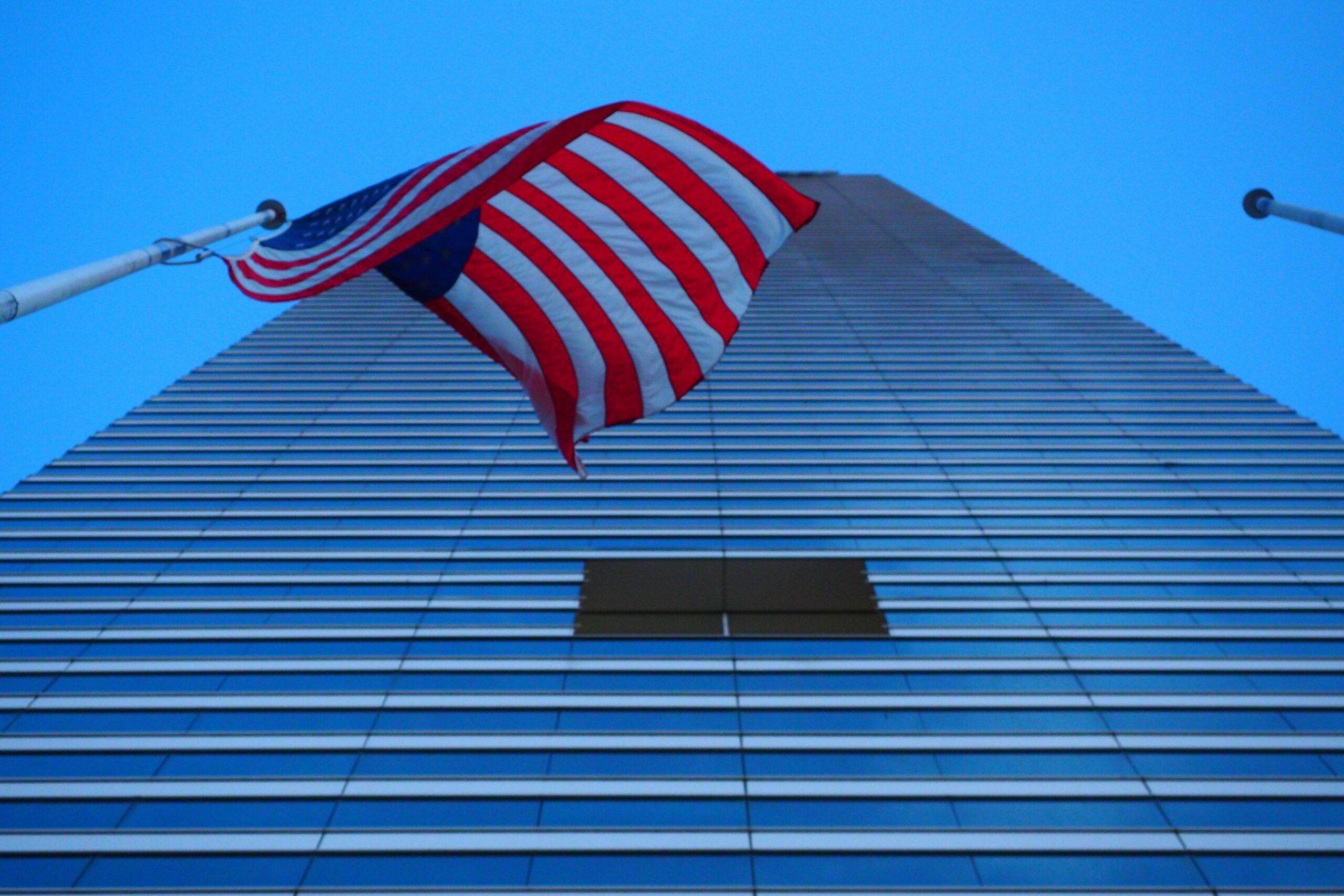How Tariffs are being Weaponised by President Trump
For years, international trade was as tranquil as it comes and within the offices of the WTO (World Trade Organisation) on the banks of Lake Geneva worked the trade lawyers and trade economists unencumbered by the problems of today. Sadly, the twin forces of geo-economic fragmentation and geo-political confrontation have undermined the balance of the global trade regime and what we witness today is the weaponisation of tariffs*. The most pronounced effect of tariffs in the present day has come from the White House with President Trump’s “Liberation Day” on 2nd April this year, where he announced punitive tariffs across the board on all of the United States’ trading partners.
*Tariffs – are defined as a tax on imported goods levied by governments typically as a percentage of the product’s value. It is designed to protect domestic industries, raise government revenues, or serve as a political tool in trade negotiations. Importers pay the tax which increases the cost of foreign products, potentially making domestic alternatives more attractive to consumers.
The return of Donald Trump to the White House has transformed the utilisation of tariffs into instruments of both economic and political coercion and in the process has reignited economic nationalism. Some experts argue that the weaponising of trade (via tariffs) is where existing trade relations are manipulated to advance political and geo-political objectives, the ultimate goal being to push another government to change its policies in favour of the country wielding the tariffs. The biggest offender in the new tariff war is the United States and as seen below, they have successfully employed tariffs to bend the will of certain governments to their way of thinking.
On the domestic front, (Trump’s efforts are not just confined to foreign governments), he is reshaping domestic supply chains and even threatening iconic power price points. However, there are downsides as the 50% increase in tariffs on imports of aluminium and steel*, (which came into effect on 3rd June 2025) have increased production costs for such brands as Home Depot, Walmart, Target, Lowes Proctor & Gamble and AriZona Iced Tea. Famed for its 99 cents cans AriZona sources most of its aluminium domestically, but tariffs on imported aluminium/steel distort the broader market increasing prices for all producers. The tariff will increase prices which will be passed on to customers, and in the case of AriZona this will undercut a key brand identity that has endured for decades.
*Aluminium and Steel Tariffs – The tariff on these two metals doubled to 50% on June 3rd this year with some counties getting exemptions and paying the original tariff of 25%. The impact of this increase in the US has potentially led to higher consumer prices and fewer jobs in downstream industries, including higher domestic commodity prices and supply chain disruption. Experts say the main reason for these tariffs are national security under section 232 of the Trade Expansion Act 1962 to protect domestic industries from unfair foreign competition and to help correct trade deficits.
Elsewhere on the domestic front on the 6th of this month President Trump announced a plan to impose a 100% tariff on imported semiconductors*, with exemptions for companies that commit to manufacturing in the United States. The White House framed the policy as national security concerns with over-reliance on Asian countries such as Taiwan and South Korea for critical technology. This move was not about trade imbalances, it was about forcing multinational companies to expand manufacturing with the borders of the United States. Interestingly, Apple has been exempt from these tariffs after pledging to invest USD 600 Billion into U.S. based chip production and related infrastructure. This has now set a precedent where tariff relief can be bought through commitments that serve President Trump’s domestic industrial goals.
*Semiconductors – is a material with electrical conductivity that falls between that of a conductor (e.g., copper) and an insulator (e.g., glass). Their unique ability to be controlled make them essential components of modern electronics including computer chips, transistors and diodes.
Under the current administration in the White House, experts conclude that traditional legal frameworks are being bypassed with tariffs which were originally imposed on China, Mexico and Canada by invoking the IEEPA (International Emergency Economic Powers Act) citing security reasons. This is a classic example of weaponising tariffs in order for Donald Trump to bend counties to his will. It did not work with China but initial reactions from Mexico and Canada showed that Trump had certainly won the initial battle but Mexico has had a stay of execution and Canada and the U.S. are currently in negotiations.
Elsewhere in Europe, the member countries have agreed to increase defence spending to 5% of GDP for NATO in line with the wishes of President Trump. However, analysts suggest that the invasion of Ukraine by Russia on 24th February 2022 prompted the European Union members to raise defence spending but interestingly it was not agreed upon for just over three years when President Trump introduced punitive tariffs.
In another example of weaponising tariffs, on 6th August President Trump issued Executive Order “Addressing Threats to the United States by the Government of the Russian Federation imposing additional tariffs, currently 25%, on Indian Imports (circa USD 81.4 Billion 2023). Experts suggest that India has been targeted because of their direct and indirect purchases of Russian oil (averages a 5% discount), and now the Indian tariff is 50% on most goods imported to the U.S. which is seen as a penalty for facilitating Russia’s oil trade. However, the White Hopes the weaponising of tariffs against India will hopefully persuade them to reduce their dependency on Russian oil. Also, in the week ending 25th July 2025, the White House agreed tariff deals with Japan, Indonesia and the Philippines; granting them lower rates than previously threatened in exchange for them to sign up to national security commitments, the verbiage of which was somewhat opaque.
Conclusion
President Trump has shown even his closest allies are not immune from weaponised tariffs and neither are historical neutral trading partners such as Switzerland who were recently hit with a 39% punitive tariff on Swiss goods, mainly pharmaceuticals, watches and luxury
goods. It appears that currently no country is safe from the Trump trade war machine which uses tariffs as a blunt instrument to beat other countries into submission.
In his second term, Donald Trump has elevated tariffs from a traditional economic safeguard to an overt instrument of political leverage. Whilst tariffs have long been used to protect domestic industries the current approach is far more aggressive as they are being imposed and lifted not purely on economic grounds, but as bargaining chips in corporate negotiations and diplomatic manoeuvres.










